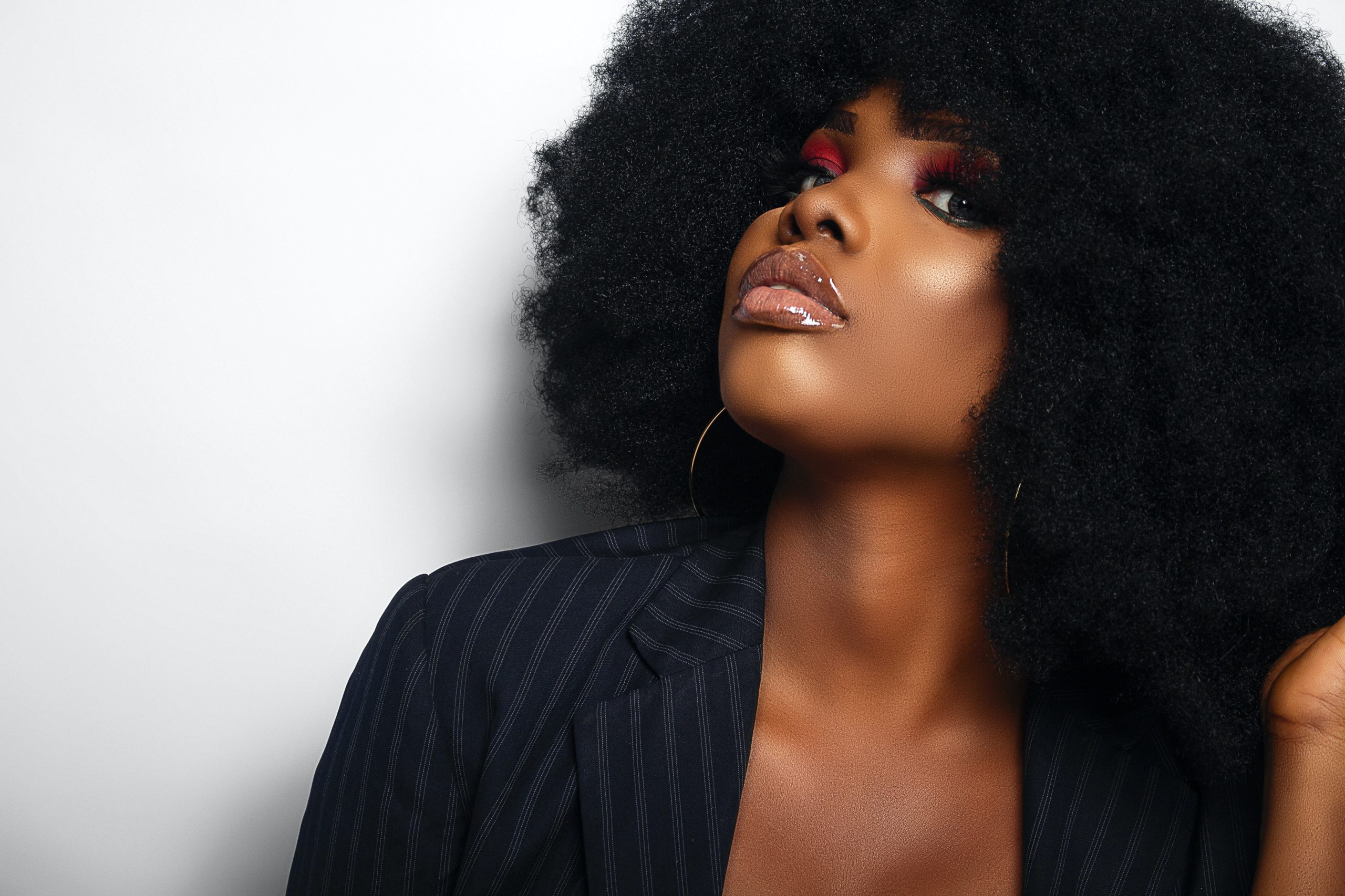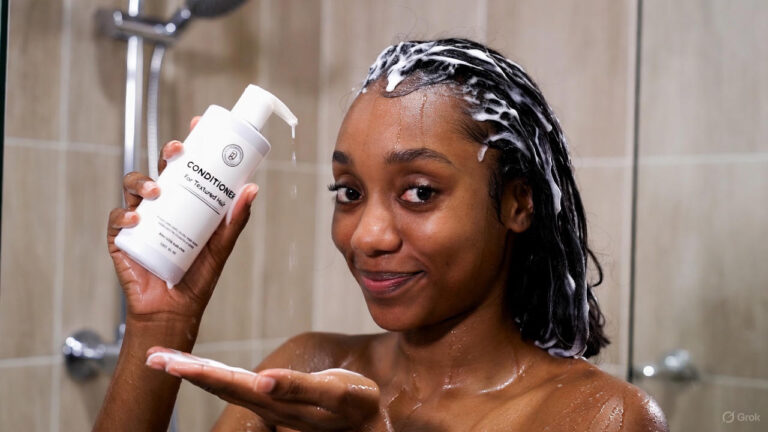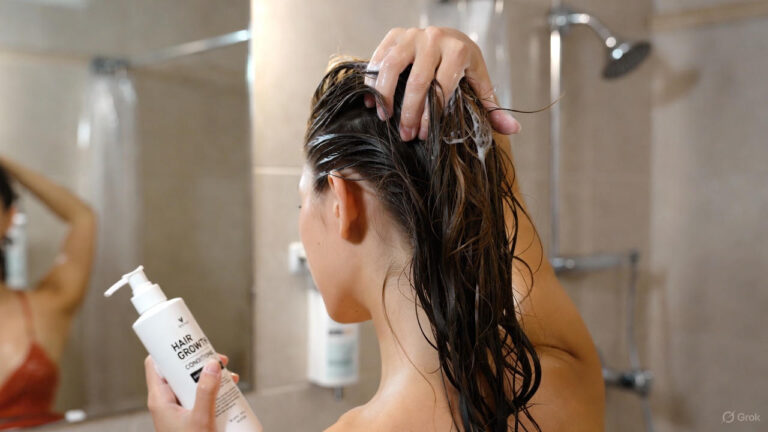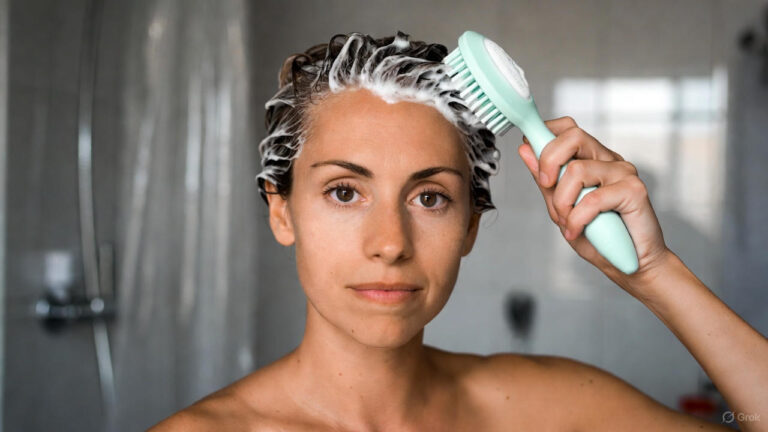For many black people, hair is not just a physical attribute but a cultural and emotional one. It is an extension of identity and heritage, and taking care of it is a priority. Black hair is unique in its texture and density, making it prone to breakage and damage. This is where protective hairstyles come in.
Protective hairstyles are hairstyles that tuck the ends of the hair away and protect it from environmental stressors and damage. Protective hairstyles can benefit anyone looking to grow and maintain healthy hair, but they are especially important for black hair.
In this article, we will explore the types of protective hairstyles, their benefits, how to prepare and care for hair while in protective styles, and popular protective hairstyles for black hair.
Types of Protective Hairstyles
Protective hairstyles come in different styles and lengths. Here are the most common types of protective hairstyles:
A. Braids
Braids are a classic protective hairstyle for black hair that involves weaving the hair into a series of interlocking strands. Braids can be done in different styles, such as box braids, Senegalese twists, and cornrows.
- Box Braids: Box braids are individual braids separated into small sections and created with synthetic hair. Box braids can be long or short and can be styled in various ways.
- Senegalese Twists: Senegalese twists are created by twisting two strands of hair together. They can be done with synthetic or natural hair and styled in various lengths and thicknesses.
- Cornrows: Cornrows involve weaving the hair into a series of braids close to the scalp. Cornrows can be done in various styles, such as straight back or zigzag.
B. Weaves
Weaves involve attaching hair extensions to the natural hair to add length and fullness. Weaves can be done in different styles, such as sew-in or wig.
- Sew-In: Sew-in involves attaching hair extensions to the natural hair by sewing them onto a braided base. Sew-in can be done in different styles, such as full head or partial.
- Wig: A wig is a hairpiece worn on the head to mimic natural hair. Wigs come in different styles, such as lace front or full cap.
C. Twists
Twists combine two or three strands of hair to create a rope-like effect. Twists can be done in different styles, such as two-strand twists, three-strand twists, and flat twists.
- Two-Strand Twists: Two-strand twists combine two sections of hair to create a rope-like effect. Two-strand twists can be done in various lengths and thicknesses.
- Three-Strand Twists: Three-strand twists involve twisting three sections of hair together to create a rope-like effect. Three-strand twists can be done in various lengths and thicknesses.
- Flat Twists: Flat twists involve twisting two sections of hair together in a flat pattern. Flat twists can be done in various styles, such as cornrows or twist-out.
Benefits of Protective Hairstyles
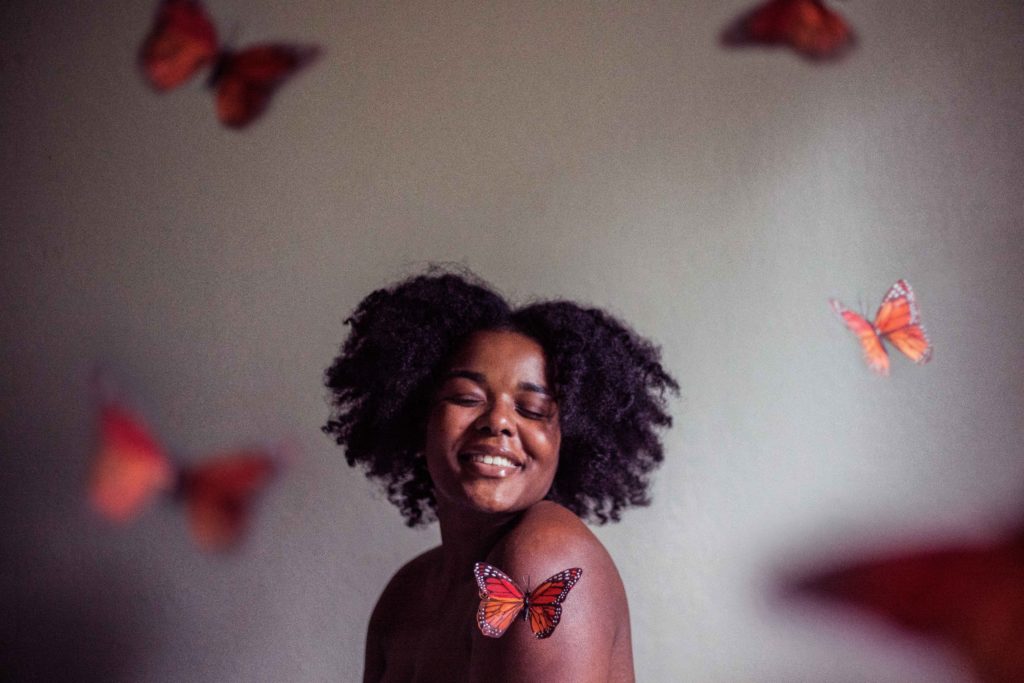
Protective hairstyles offer several benefits for black hair. Here are some of the benefits of protective hairstyles:
A. Promotes Hair Growth
Protective hairstyles protect the ends of the hair from environmental stressors and damage, which can lead to breakage and stunted hair growth. By tucking the ends of the hair away, protective hairstyles encourage hair growth and retention.
B. Reduces Breakage
Protective hairstyles reduce the manipulation and styling of the hair, which can lead to breakage. By reducing breakage, protective hairstyles help to maintain healthy hair.
C. Low Maintenance
Protective hairstyles are low maintenance, which means less time and effort are needed to maintain the hair. This is especially beneficial for those with busy lifestyles or those who do not have the time to spend on daily hair maintenance.
D. Versatile Styling Options
Protective hairstyles offer a range of versatile styling options. Depending on the type of protective hairstyle chosen, one can experiment with different lengths, colours, and textures without compromising the health of the hair.
How to Prepare Hair for Protective Styling
Before getting a protective hairstyle, it is important to prepare the hair. Here are some steps to prepare hair for protective styling:
A. Cleanse and Condition Hair
Before getting a protective hairstyle, it is important to cleanse and condition the hair. This helps to remove any buildup and dirt on the hair and scalp, which can interfere with the protective style. It also helps to moisturize the hair and scalp, which is essential for maintaining healthy hair.
B. Moisturize Hair
Moisturizing the hair is important before getting a protective style. This helps to prevent dryness and breakage, which can occur when the hair is not properly moisturized. One can use a leave-in conditioner or oil to moisturize the hair.
C. Stretch Hair
Stretching the hair before getting a protective style can help to reduce tension on the hair and scalp. This can be done by doing a twist-out or braid-out on the hair. Stretching the hair also helps to create a smooth base for the protective style.
D. Trim Ends
Trimming the ends of the hair before getting a protective style can help to prevent split ends and breakage. This is important for maintaining healthy hair.
Caring for Hair While in Protective Styles
While protective hairstyles can help to maintain healthy hair, it is important to care for the hair while in the protective style. Here are some tips for caring for hair while in protective styles:
A. Maintain Moisture
It is important to maintain moisture in the hair while in a protective style. This helps to prevent dryness and breakage. One can use a leave-in conditioner or oil to moisturize the hair.
B. Cleanse Scalp
It is important to cleanse the scalp while in a protective style. This helps to remove any buildup and dirt on the scalp, which can interfere with hair growth. One can use a scalp cleanser or a diluted apple cider vinegar rinse to cleanse the scalp.
C. Avoid Tight Styles
Tight styles can cause tension on the hair and scalp, which can lead to breakage and hair loss. It is important to choose a protective style that is not too tight or heavy on the hair and scalp.
D. Protect Hair While Sleeping
Protecting the hair while sleeping is important while in a protective style. One can use a satin or silk scarf or bonnet to protect the hair while sleeping. This helps to prevent dryness and breakage.
Popular Protective Hairstyles
There are many popular protective hairstyles for black hair. Here are some of the most popular protective hairstyles:
A. Faux Locs
Faux locs are a style that involves wrapping synthetic hair around the natural hair to create the look of dreadhair. Faux locs can be done in various lengths and thicknesses.
B. Ghana Braids
Ghana braids are a style that involves weaving the hair into a series of braids that are close to the scalp. Ghana braids can be done in various styles, such as straight back or zigzag.
C. Marley Twists
Marley twists are a style that involves twisting synthetic hair or Marley hair around the natural hair to create a rope-like effect. Marley twists can be done in various lengths and thicknesses.
D. Crochet Braids
Crochet braids are a style that involves attaching hair to the natural hair using a crochet hook. This style can be done in various types of hair, such as curly, wavy, or straight.
E. Box Braids
Box braids are a style that involves weaving the hair into small, box-shaped braids. This style can be done in various lengths and thicknesses.
F. Wigs
Wigs are a protective style that involves wearing a wig to cover the natural hair. Wigs can be made from human hair or synthetic hair and can be styled in various ways.
G. Cornrows
Cornrows are a style that involves weaving the hair into a series of braids that are close to the scalp. This style can be done in various styles, such as straight back or zigzag.
Conclusion
Protective hairstyles for black hair are an excellent way to maintain healthy hair while still being stylish. These styles offer many benefits, such as reduced breakage and easy maintenance. It is important to prepare the hair before getting a protective style and to care for the hair while in style. With the right care and maintenance, protective hairstyles can help to promote healthy hair growth and reduce hair damage.
FAQs
1. Can I wear protective hairstyles if I have a sensitive scalp?
Yes, you can wear protective hairstyles if you have a sensitive scalp. It is important to choose a style that is not too tight or heavy on the hair and scalp. It is also important to avoid styles that pull on the hair or scalp.
2. How long can I wear a protective hairstyle?
You can wear a protective hairstyle for as long as you like, as long as you care for the hair while in the style. It is important to maintain moisture in the hair and cleanse the scalp while in the protective style.
3. Can I still wash my hair while in a protective style?
Yes, you can still wash your hair while in a protective style. It is important to be gentle when washing the hair and to use a sulfate-free shampoo. It is also important to allow the hair to air dry or use a diffuser to dry the hair on a low heat setting.
